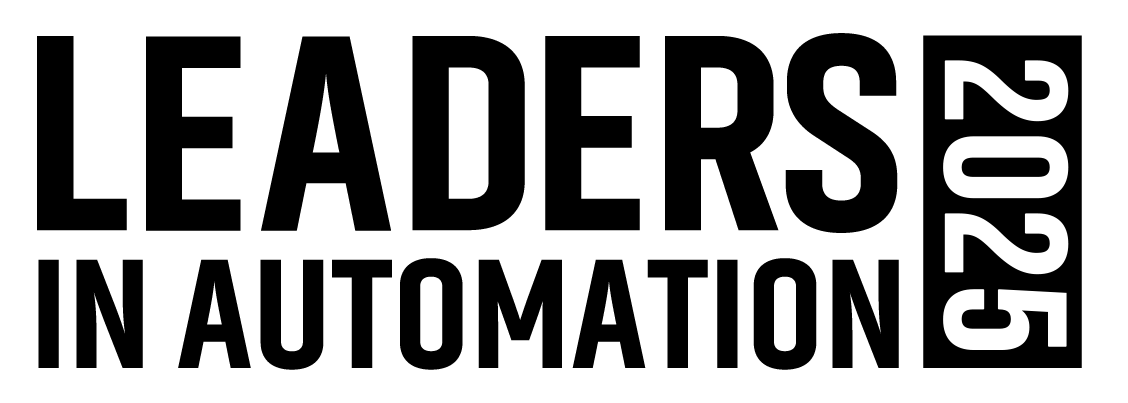Perhaps some of the age-old questions that are not disappearing anytime soon in industrial automation can be related to a common scenario even those of us who don’t regularly work in the field can relate to.
Here’s what we mean: If you’re driving a 10-year-old car with well over 100,000 miles on it, you will need to take it into the shop on occasion.
When you do this, what follows is an inevitable call with a laundry list of items that need to be fixed. That when these questions run through your mind: Is it better to replace some parts versus others? What’s the ultimate shelf-life of this car and what’s the cost benefit analysis of continuing to put money into it? Should I just buy a new car?
As systems integrators who work in automation and controls, we see this battle play out every day with plant floor equipment and we help guide our clients to find solutions that meet their needs. Sometimes it’s a quick fix to get a vital machine up and running and ensure continued production on critical process. Other times it’s a complete greenfield design and build for an expansion.
One thing we have been witness to is the value delivered when automation upgrades, whatever the scale, are installed with an eye toward predictive and adaptive environments.
Automation upgrade case study
On a recent project, a global pharmaceutical company sought to integrate one of its lyophilizers, also known as a lyos (freeze drying machines used to preserve perishable materials by removing moisture through a process called lyophilization) with the rest of their SCADA system. This required upgrading the lyophilizer on their plant floor to another platform so that its data could be historized using the company’s new historian and reports from the lyos could be standardized to match reporting across all other system reports, such as the company’s single-use bioreactors and single-use mixers.
This client had a real vision for the future — believing it was better to standardize technologies. After all, if you have systems in the plant that are managed differently from everything else, those systems are difficult to maintain unless you have staff who are experts on each individual system.

